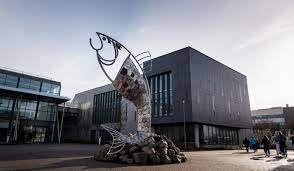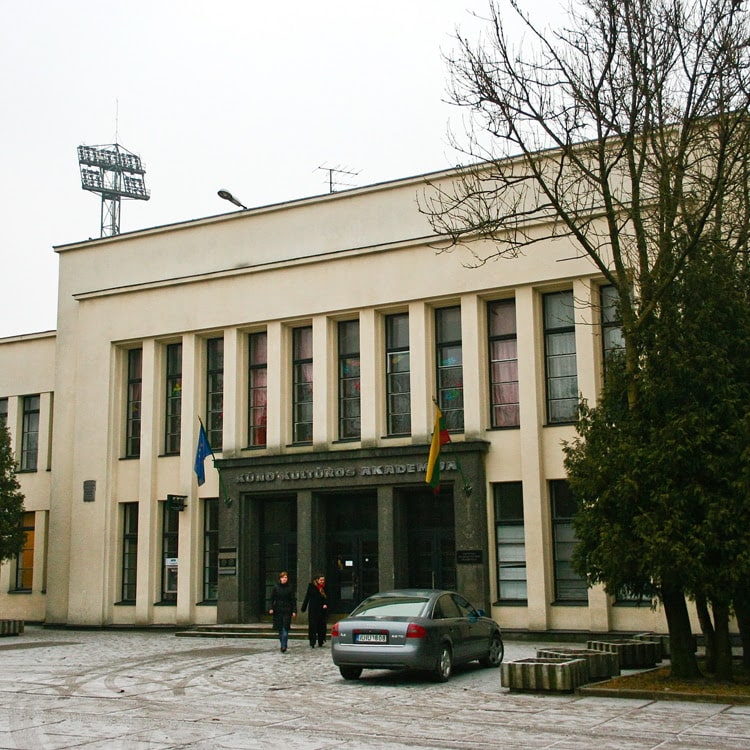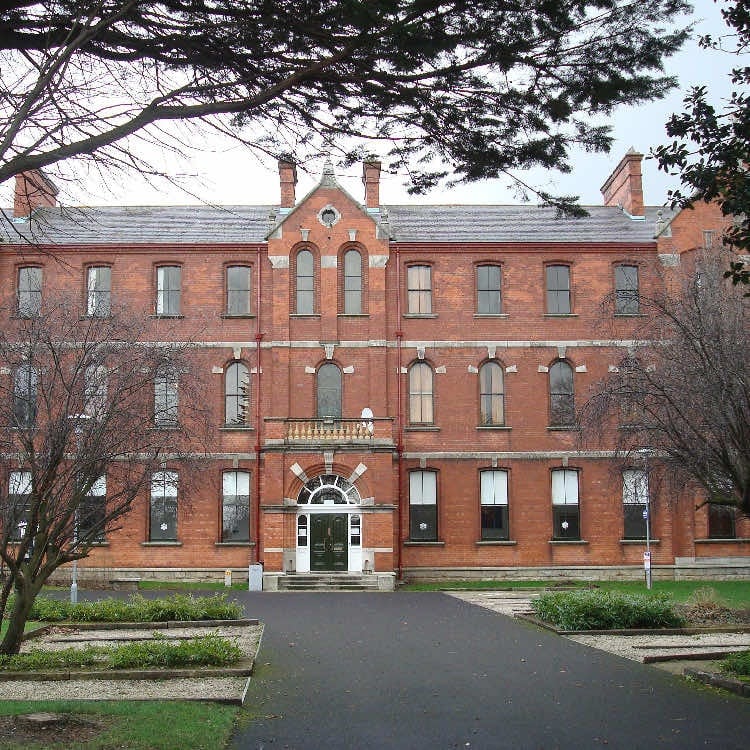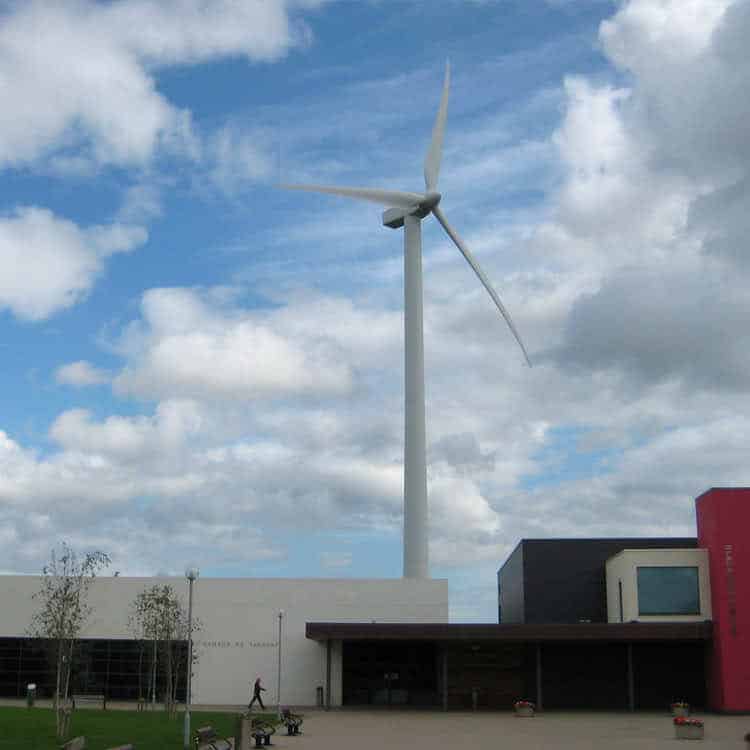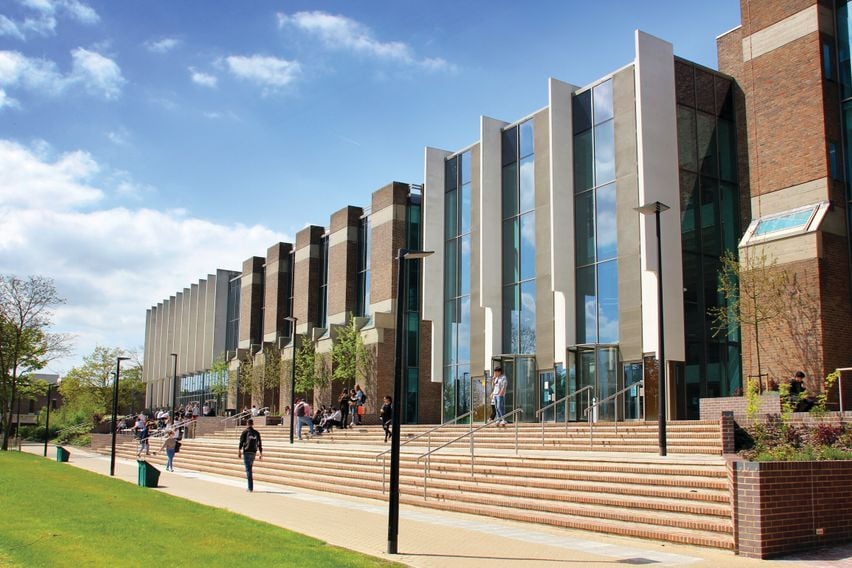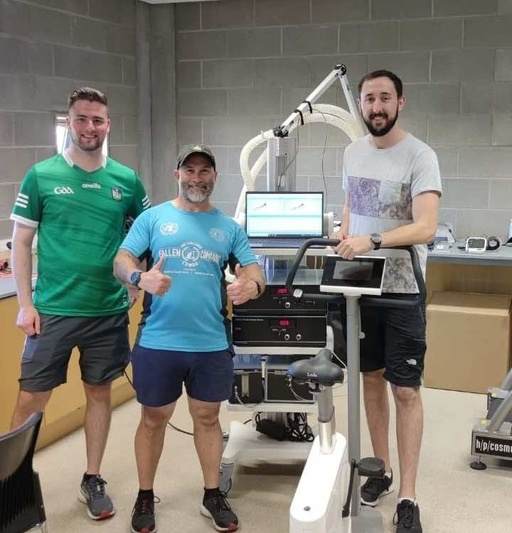All Sports / Exercise Related Health Sciences
In 1912, the world record for the 100 meter sprint for men was 10.6 seconds. Today, it is 9.58. The high jump record was 2.00 meters, now it is 2.45. For javelin throwing, the distance went up from 62.32 meters to 98.48.Some of this progress can be ascribed to sports becoming professional – before television and sponsorships, most athletes had day jobs and bought their own sneakers. Perhaps the biggest change, though, lies in the development of sport, exercise, and health science.This same knowledge is what allows film actors to gain or lose 50 pounds in a few months when a role requires it. It also lets busy people stay in shape without spending too much time in the gym, or recover from an injury in weeks rather than months. The basic principles of exercise, nutrition, and rest haven’t changed, but they are much better understood today.A degree in sport, exercise, and health science incorporates elements of biomechanics, physiology, psychology, injury rehabilitation, and general health and wellbeing. Training is typically divided between classroom lectures, laboratory work, clinical practice, and (especially at European Universities) community outreach. Most programs include an independent research project in the final year, equipping students for careers in the broader healthcare field rather than focusing solely on fitness and performance.This field of study combines the areas of sport and medical science – you may want to look at other majors if you love one but not the other. In addition, sport, exercise, and health science students should have some leadership abilities. Determining the proper diet and exercise regimen for a patient is easy in comparison to motivating them to follow your instructions – this is one aspect of the job you have to be prepared for.

